
Nissan X-Trail 4x4 (2014-2022) running costs and reliability
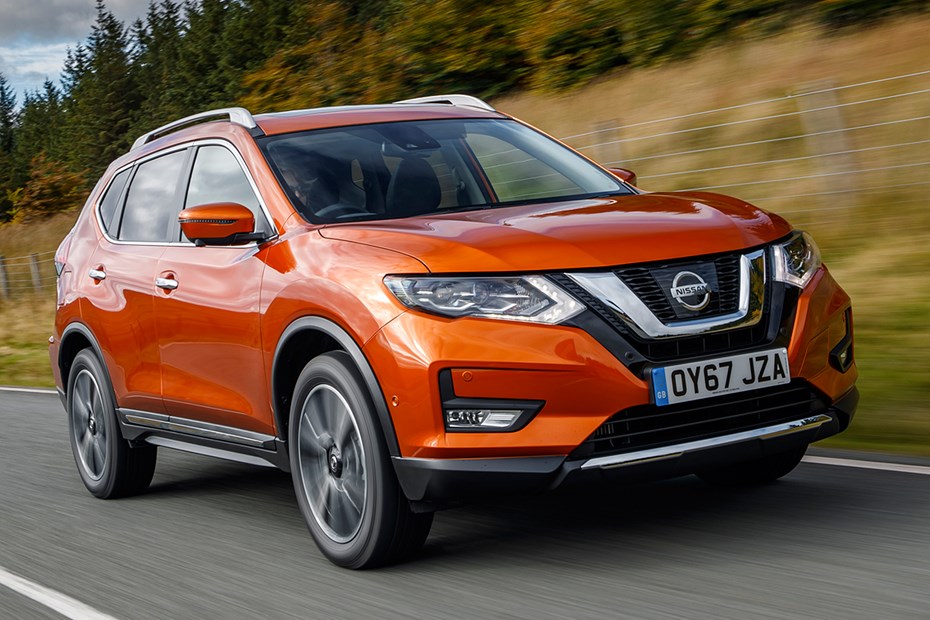
Miles per pound (mpp) ⓘ
| Petrol engines | 5.3 - 5.8 mpp |
|---|---|
| Diesel engines | 4.6 - 6.1 mpp |
Fuel economy ⓘ
| Petrol engines | 36.3 - 39.5 mpg |
|---|---|
| Diesel engines | 35.7 - 47.7 mpg |
- Diesels provide the lowest running costs
- 1.6-litre dCi 130 is the star of the range
- Petrol version is the thirstiest
Nissan X-Trail fuel economy varies quite a bit across the range due to a number of factors besides which engine you opt for. Whether it’s two- or four-wheel drive, manual or CVT and even the size of wheels all have an impact on how much fuel it uses, so make sure you check detailed specs of particular models before you buy.
For the ultimate in cost-effective motoring you’ll be needing the manual, two-wheel drive dCi 130 model which returns a claimed 57.6mpg (55.4mpg on 19-inch alloys) on the combined fuel economy cycle. That means in real-world driving you’ll see closer to 50mpg when driving carefully.
The four-wheel drive manual version of the dCi 130 returns 52.3mpg with larger alloys, while the X-Tronic version 53.3mpg.
Opt for the more powerful 2.0-litre dCi 177 and economy isn’t much worse in the grand scheme of things. Fuel economy varies between 46.3 and 50.4mpg, depending on the gearbox and how many wheels are driven.
The DIG-T 163 petrol is the worst offender, with claimed fuel economy of 44.1mpg on versions with 19-inch alloy wheels – it’s only entry-level Visia models that come with smaller 17-inch alloys, and most buyers are likely to opt for a higher-spec model with larger wheels.
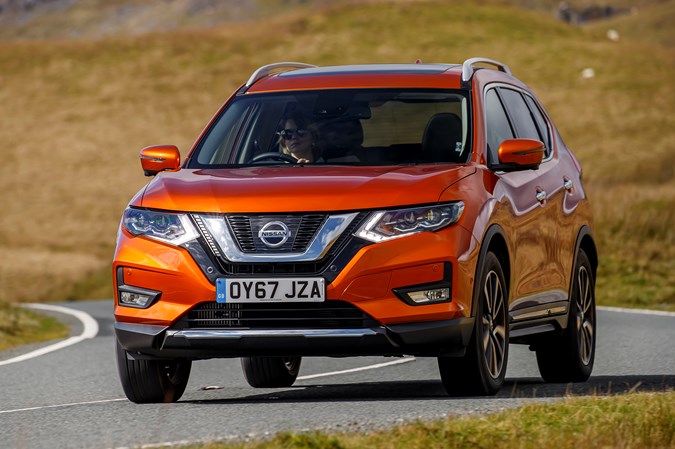
Green credentials
Choose an X-Trail powered by the 1.6-litre dCi 130 diesel in manual, two-wheel drive form and you’ll benefit from relatively low CO2 emissions of just 129g/km (133g/km on bigger wheels).
Choosing the Xtronic CVT gearbox sees CO2 output increase to 135g/km, while the least efficient of the dCi 130 powertrains is the four-wheel drive emitting 139g/km of carbon dioxide.
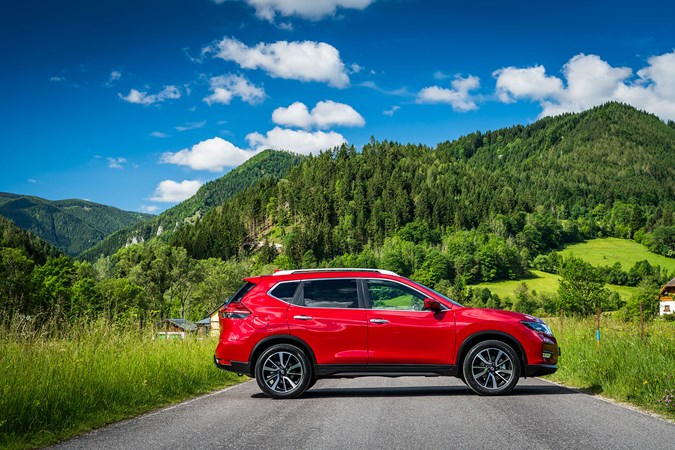
The 2.0-litre dCi 177 diesel is the highest emitter, at 148g/km in two-wheel drive Xtronic form. From here, emissions increase to 158g/km for a four-wheel drive Xtronic.
The 1.6-litre DIG-T petrol sits between the two diesels when it comes to CO2 emissions, pushing out 145g/km. All of these CO2 figures are competitive for a family-focused seven-seater crossover.
Reliability
- Nissan has a strong reputation for reliability
- Few problems should arise in X-Trail ownership
- Just two recalls from new
We don’t think there’s much to be concerned about regarding Nissan X-Trail reliability. The firm has an exemplary record for building resilient cars, which deal brilliantly with everything day-to-day life can throw at them.
There have been a couple of minor recalls issued by the Driver and Vehicle Standards Agency (DVSA), though. First was regarding a failure of an oxygen sensor on cars built between April 2015 and June 2016, while the other was to do with the tailgate not staying open due to a problem with the struts.
Any issues from a recall should have been rectified by a Nissan dealer, but check that any of this kind of work has been undertaken before you commit to buying.

Ongoing running costs
| Road tax | £165 - £265 |
|---|---|
| Insurance group | 15 - 23 |
Get an insurance quote with

|
|



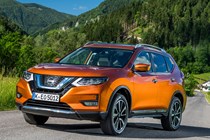
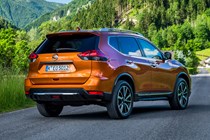

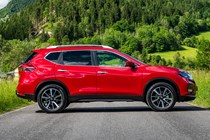
.jpg)
.jpg)
.jpg)
.jpg)
.jpg)

.jpg)

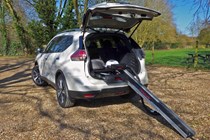
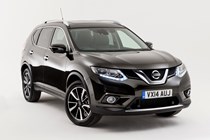
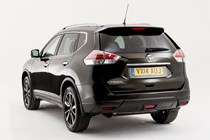

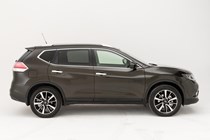
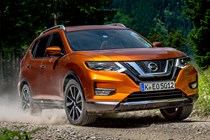
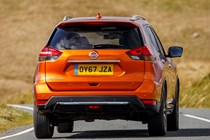
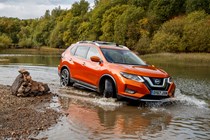
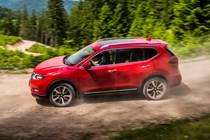
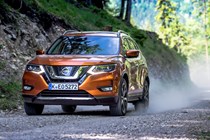
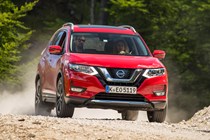
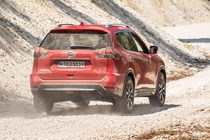
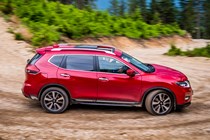

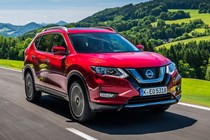
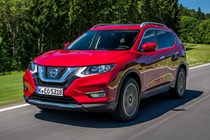
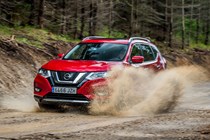

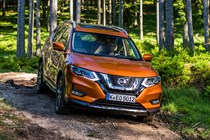


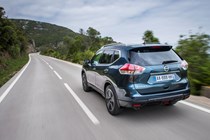
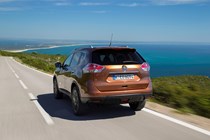
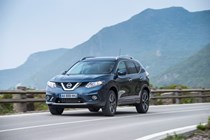
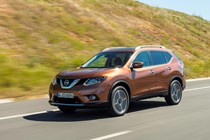
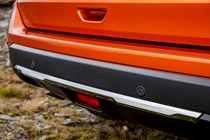
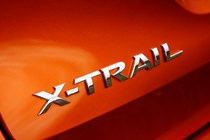
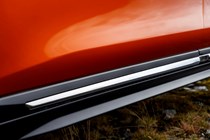
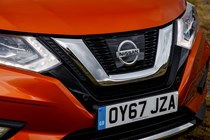
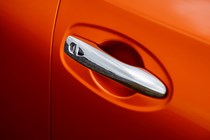
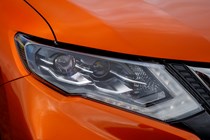


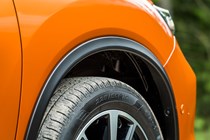
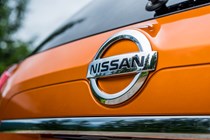
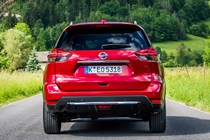
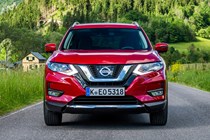
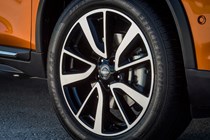
.jpg)
.jpg)
.jpg)
.jpg)
.jpg)
.jpg)
.jpg)
.jpg)
.jpg)
.jpg)
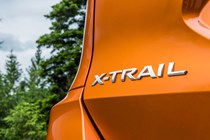
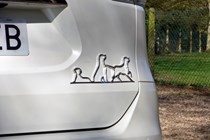
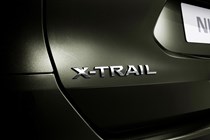
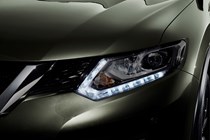
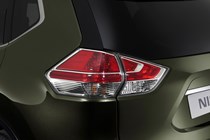
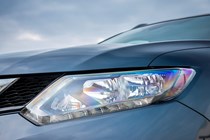

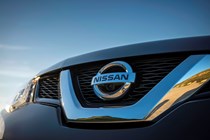
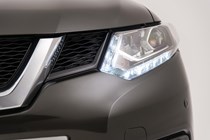
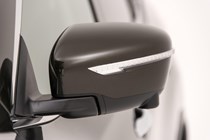
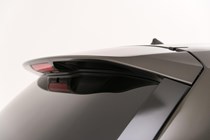

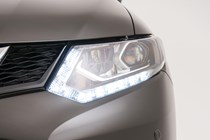
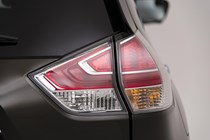
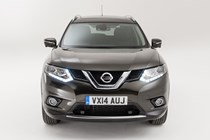
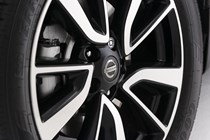

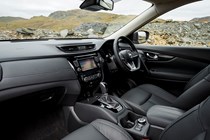


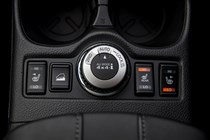
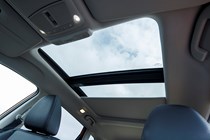
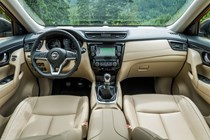
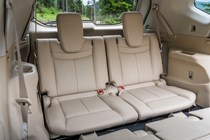
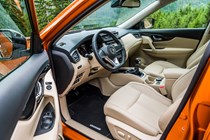
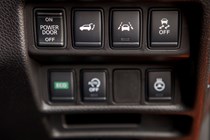
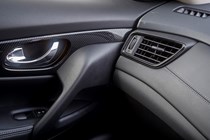
.jpg)
.jpg)
.jpg)
.jpg)
.jpg)
.jpg)
.jpg)
.jpg)
.jpg)
.jpg)
.jpg)
.jpg)
.jpg)
.jpg)
.jpg)
.jpg)
.jpg)
.jpg)
.jpg)
.jpg)
.jpg)
.jpg)
.jpg)
.jpg)
.jpg)
.jpg)
.jpg)
.jpg)
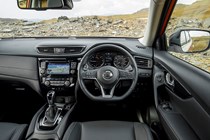
.jpg)
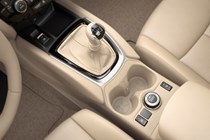
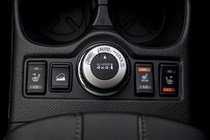
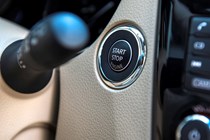
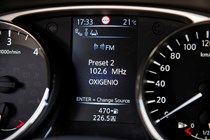
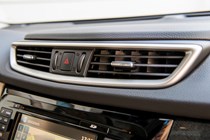
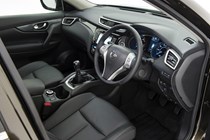
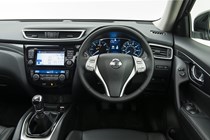
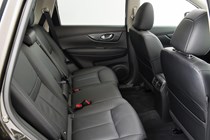
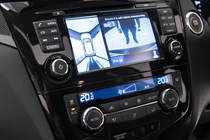

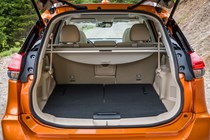

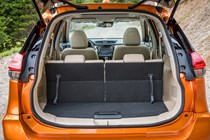

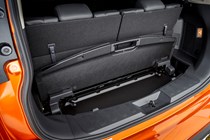
.jpg)
.jpg)

.jpg)
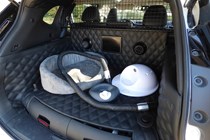

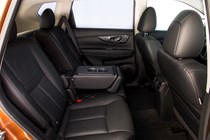
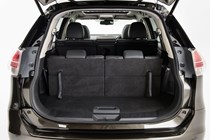
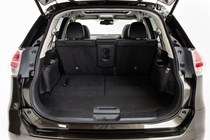

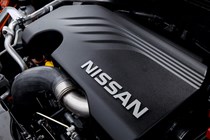
.jpg)
.jpg)
.jpg)
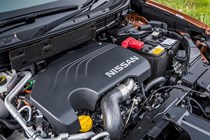





.jpg?quality=50)
.jpg?quality=50)
.jpg?quality=50)
.jpg?quality=50)
.jpg?quality=50)

.jpg?quality=50)







































.jpg?quality=50)
.jpg?quality=50)
.jpg?quality=50)
.jpg?quality=50)
.jpg?quality=50)
.jpg?quality=50)
.jpg?quality=50)
.jpg?quality=50)
.jpg?quality=50)
.jpg?quality=50)



























.jpg?quality=50)
.jpg?quality=50)
.jpg?quality=50)
.jpg?quality=50)
.jpg?quality=50)
.jpg?quality=50)
.jpg?quality=50)
.jpg?quality=50)
.jpg?quality=50)
.jpg?quality=50)
.jpg?quality=50)
.jpg?quality=50)
.jpg?quality=50)
.jpg?quality=50)
.jpg?quality=50)
.jpg?quality=50)
.jpg?quality=50)
.jpg?quality=50)
.jpg?quality=50)
.jpg?quality=50)
.jpg?quality=50)
.jpg?quality=50)
.jpg?quality=50)
.jpg?quality=50)
.jpg?quality=50)
.jpg?quality=50)
.jpg?quality=50)
.jpg?quality=50)

.jpg?quality=50)















.jpg?quality=50)
.jpg?quality=50)

.jpg?quality=50)







.jpg?quality=50)
.jpg?quality=50)
.jpg?quality=50)
